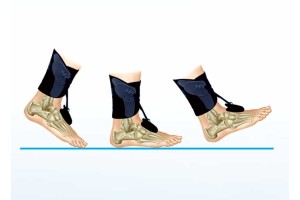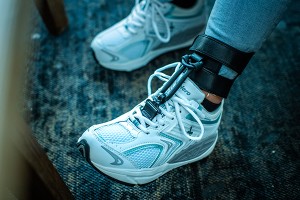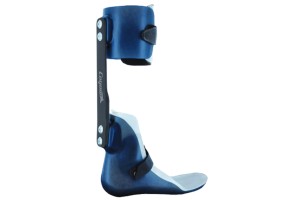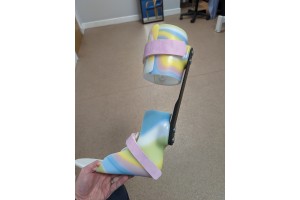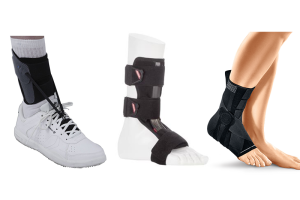This 'Ask a Sports Therapist' question comes from Justin who needs some advice about a hamstring injury that still impacts his exercise.
Question: "I was wondering if you could give me some advice as I can't seem to find any online help or info at all through research. So about 1.5 years ago I injured my upper hamstring doing squats and then after that it kept becoming weaker and more sore after I thought it had fully healed. I kept going through this process of thinking it was fully healed then playing indoor then being really sore for 4-5 days. This has continued up until now.
Sometimes I feel great and can run 6+ miles and feel fine the next day, and then sometimes a light workout takes a week to recover from. Squats seem to aggregate it the most and light stretching at night seems to make it worse as well. Currently both my upper and middle hamstring feel weak and very susceptible to getting injured. I was wondering if you had any input on it?"
Your Hamstring Injury
Answer: To give an accurate assessment I would have to take you through a full sports injury assessment. However, just from your history alone, I can give you my best guess of what may be going on within the muscle.
The initial injury may have caused a partial tear in the hamstring. If training continued post initial injury before it fully healed, it may have caused further injury/ re-injury which lengthened the healing process.
For argument's sake, let’s say that the initial injury has completely healed. A by-product of the healing process is scar tissue which can reduce the range the muscle has. This will be emphasised depending on your base flexibility at the hamstrings. Flexibility allows the muscle to contract efficiently throughout the full range of movement. Any restriction will put you at greater risk of straining or injuring the muscle.
Due to the muscle getting aggravated when performing exercise and post stretching would suggest it could still have a build-up of scar tissue within the area which is restricting range and rubbing/ irritating the surrounding muscles. This would suggest why running (an action that moves through a relatively small range of movement) is not painful. Whereas squats (which moves through a much greater range of movement) is painful.
Clarifying the Injury
Here are a few questions you can ask yourself just to clarify a few points:
It should be noted the muscle will be most susceptible to re-injury when cold. Do you feel it most when outside or in a cold environment (cooled hall/court etc.)?
The muscle will be coldest at the start of a workout and most susceptible to injury if you do not perform an adequate warm-up, which should include functional movements and dynamic stretching lasting at least 20 mins. Are you warming up enough?
What sport do you play indoors? Any sport involving lunging or fast direction changes can put a lot of stress on the muscle and if the range is restricted it will increase the risk of re-injury.
My Thoughts on the Hamstring Injury
I can’t give you a completely accurate assessment without going through a proper sports injury assessment, however, my best guess scenario would be:
You initially injured the muscle with a partial tear which formed scar tissue in the area. From this, a functional limitation in range has been present limiting range and power output of the muscle. A simple course of treatment that may be able to break up the scar tissue and increase the power (if this is indeed the issue) would be a Sports massage focusing on soft tissue release (STR) on the hamstrings combined with muscle energy techniques (MET) to help regain the power in the muscle. A Sports Therapist should be able to help with this issue. They will also be able to perform a full clinical assessment if this is not the cause of the problem and provide an appropriate injury rehabilitation programme from the findings.
I hope this is helpful and answers your question.
- Connor McLean, Sports Injury Therapist

